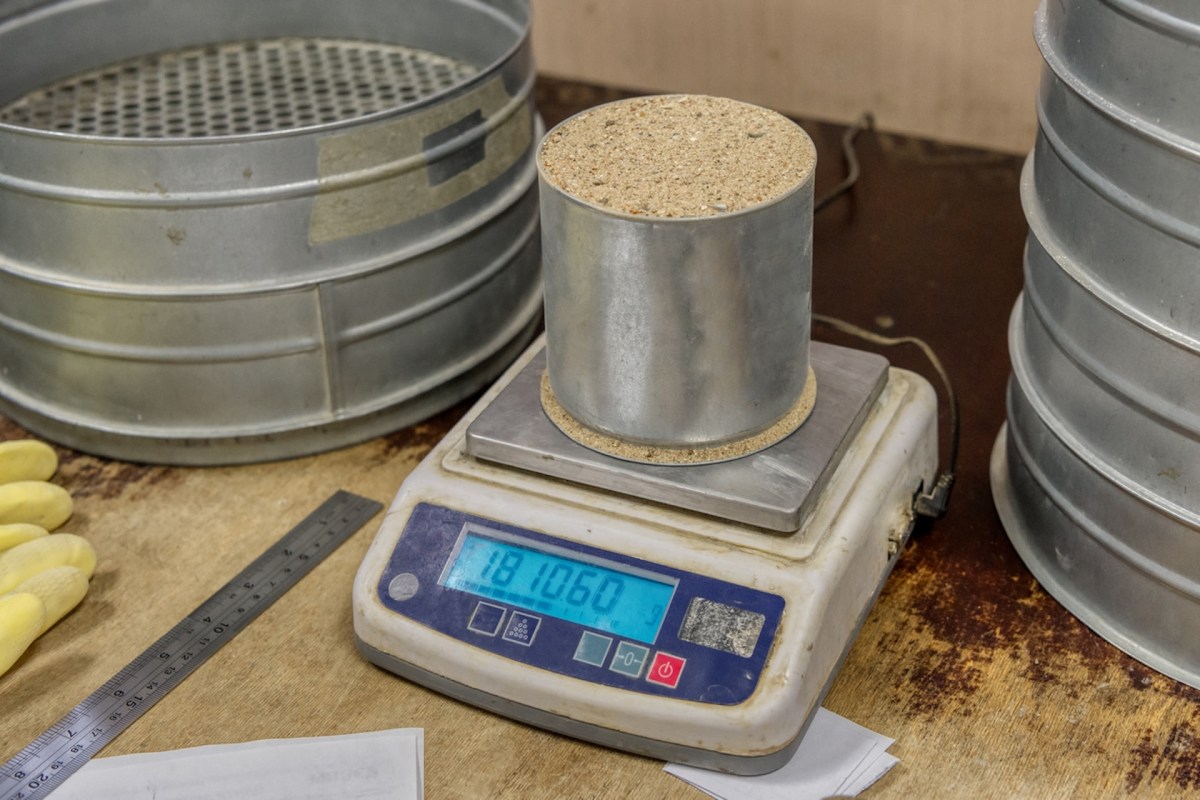Clean, renewable energy projects are on the rise as our society slowly moves away from dirty, polluting forms of energy like gas and oil. Now that we have figured out how to efficiently harvest energy from the sun and wind, the next big question is how to store all that energy for future use.
Researchers at the U.S. National Renewable Energy Laboratory have figured out a way to do that relatively cheaply and efficiently by using one extremely common material: sand.
The process of using sand to store energy, known as "thermal energy storage," involves using heaters powered by renewable energy like wind and solar to raise the temperature of sand particles. The resulting hot sand can then be stored in silos, with the trapped thermal energy to be converted into electricity at a future time.
Thermal energy storage has many advantages over the more common battery storage. Sand is much cheaper than the stuff used for lithium-ion batteries, for one, making the process more cost-effective. It is also better for long-duration energy storage.
"Lithium-ion batteries have really cornered the market at two to four hours of storage, but if we want to achieve our carbon reduction goals, we will need long-duration energy storage devices — things that can store energy for days," said Jeffrey Gifford, a postdoctoral fellow at NREL.
In addition, lithium-ion batteries require several rare earth metals that are extremely environmentally destructive to mine.
"Particle thermal energy storage doesn't rely on rare earth metals or materials that have complex and unsustainable supply chains. For example, in lithium-ion batteries, there are a lot of stories about the challenge of mining cobalt more ethically," Gifford continued.
The thermal energy storage process developed at NREL, conversely, uses regular old sand from the Midwest of the United States. This sets it apart from other types of thermal energy storage, most of which rely on the more fickle molten salt.
"This represents a new generation of storage beyond molten salt," head researcher Zhiwen Ma said.
Another company making a similar sand energy storage device is currently testing its technology in Finland.
Join our free newsletter for weekly updates on the coolest innovations improving our lives and saving our planet.









